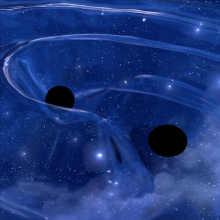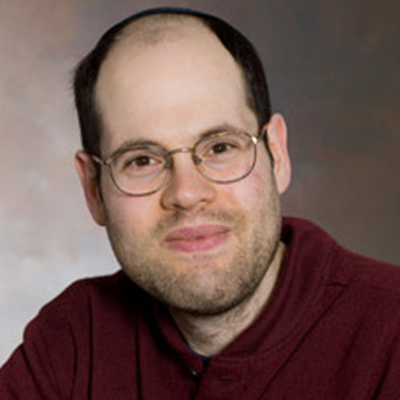
At CCRG, we use observations of different cosmic messengers such as gravitational waves, electromagnetic radiation, and high-energy particles, to study some of the most energetic phenomena in the Universe — colliding black holes, neutron stars, exploding stars, and even the birth of the Universe itself.
The recent discoveries of gravitational waves from merging massive black holes and the subsequent detection of simultaneous electromagnetic and gravitational wave signals from a merging pair of neutron stars have ushered in a new era of astrophysics exploration and discovery.
CCRG is home to new interdisciplinary signature research program on the "Frontiers in Gravitational Wave Astrophysics”. The program aims at pushing new frontiers in gravitational wave observations, bringing together leading experts in the new field of multi-messenger astrophysics.
The future of this revolutionary young field is tightly coupled to the development of next-generation ground- and space-based gravitational-wave facilities, such as pulsar timing arrays and the Laser Interferometer Space Antenna (LISA).













